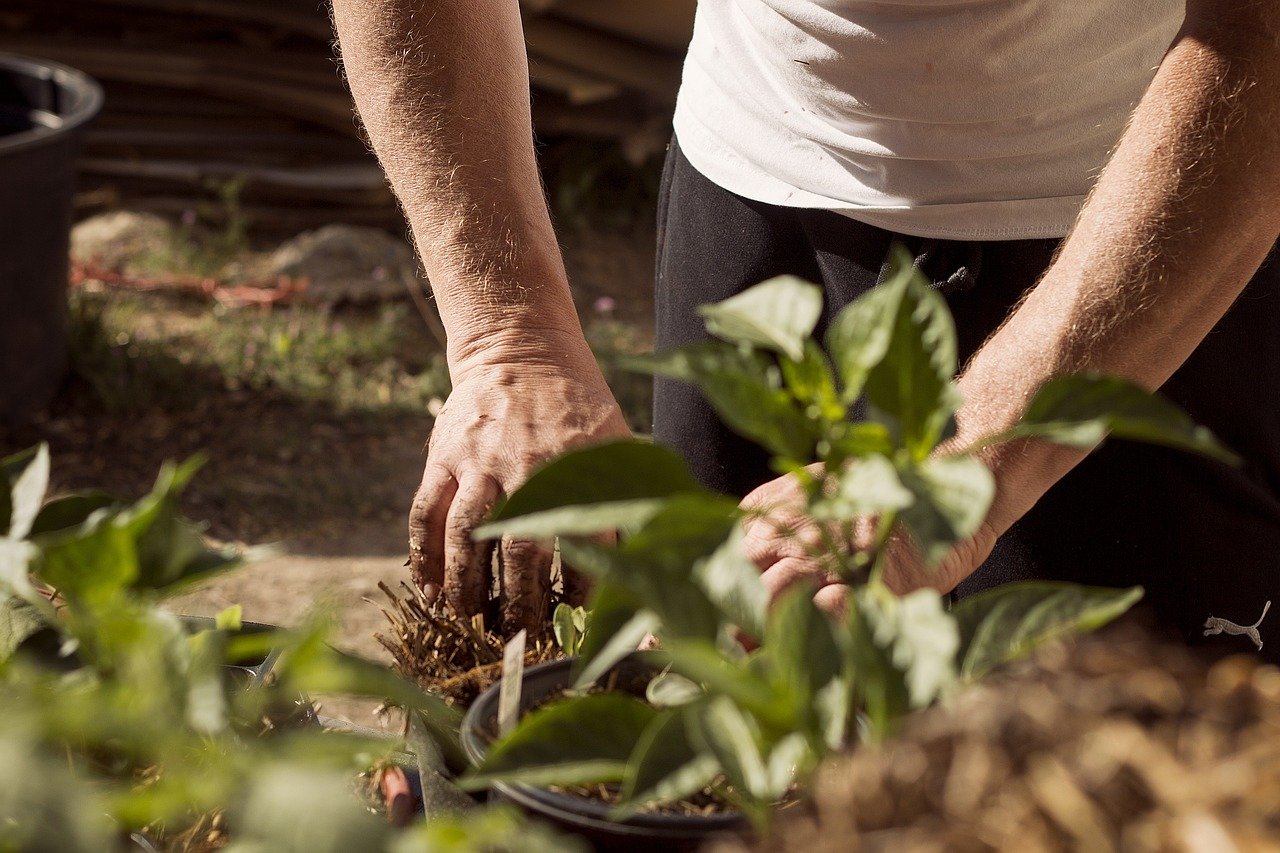An Impressive Trees are vital to maintaining biodiversity
The Importance of Trees in Biodiversity
Trees are more than just beautiful parts of our landscape; they play a crucial role in maintaining biodiversity. Biodiversity means the variety of life on Earth, including different plants, animals, and microorganisms. Let’s explore why trees are so important for this diversity.
Habitat for Animals
Trees provide homes for many animals. Birds build nests in their branches, squirrels find shelter in their trunks, and insects live in their bark and leaves. Without trees, many of these animals would lose their homes, and some could even become extinct.
Food for Many Species
Trees are a source of food for many creatures. Fruits, nuts, and seeds from trees feed birds, mammals, and insects. For example, acorns from oak trees are a favorite food for squirrels and other animals. If trees disappear, these animals would struggle to find food.
Clean Air and Climate Regulation
Trees help keep our air clean. They absorb carbon dioxide and release oxygen, which is essential for all living beings. By regulating the climate, trees help to create a balanced environment that supports various life forms.
Soil Health
Tree roots help to hold soil in place, preventing erosion. They also improve soil health by adding nutrients when leaves fall and decompose. Healthy soil supports a diverse range of plants, which in turn supports various animal species.
Water Cycle Support
Trees play a vital role in the water cycle. They help to capture rainwater and allow it to seep into the ground, which keeps rivers and lakes full. This process supports all life forms that depend on water.
Community and Cultural Value
Many communities have strong connections to trees. They provide shade, beauty, and spaces for recreation. Trees are often a part of cultural traditions and stories. Protecting trees helps preserve these cultural values and strengthens community bonds.
Taking Action for Trees
To protect and promote biodiversity, we can take several simple actions. Planting trees in our backyards, schools, and communities can help create new habitats for wildlife. Joining local tree-planting events or supporting organizations that focus on reforestation is another great way to get involved.

Educating Others
Spreading awareness about the importance of trees is also crucial. By teaching friends and family about how trees support biodiversity, we can inspire more people to appreciate and care for our environment. Sharing information through social media or community programs can make a big difference.
Supporting Sustainable Practices
Choosing products from sustainable sources can help protect forests. When we buy wood, paper, or other materials, we should look for labels that indicate they come from responsibly managed forests. Supporting local businesses that prioritize sustainability also helps preserve trees.
Conserving Existing Forests
It’s essential to protect the forests we already have. This means advocating against deforestation and supporting policies that safeguard natural habitats. Every small effort counts, whether it’s reducing our use of paper or participating in campaigns that aim to conserve forests.
The Future of Trees and Biodiversity
Looking ahead, it’s crucial to focus on the future of our forests and the biodiversity they support. Climate change poses a significant threat to trees and ecosystems worldwide. As temperatures rise and weather patterns shift, many tree species may struggle to survive. To combat this, we can support conservation efforts that focus on protecting vulnerable species and restoring damaged habitats.
The Role of Technology
Technology can also play a part in conservation efforts. Innovations like drone reforestation and apps that track tree health are helping researchers monitor forests more effectively. By harnessing technology, we can enhance our understanding of tree ecosystems and improve our strategies for conservation.
Relevant Post: How to Care for Plectranthus Lemon Lime Plant: Easy Guide
Other Relevant: Tree Conservation and Native Planting
Conclusion
In summary, trees are essential for maintaining biodiversity. They provide habitats and food, clean the air, improve soil health, support the water cycle, and enrich our communities. Protecting and planting trees is vital for a healthier planet and a diverse range of life. By valuing trees, we help ensure a thriving ecosystem for future generations.




